
The Lowlander Widebody 380HD HBD
A product of GT Bunning, is rapidly gaining traction in the Australian agricultural sector. Renowned for its proficiency in chicken manure application, this spreader is increasingly favoured by discerning farmers.

Every Aussie farmer knows the importance of well-maintained equipment, and your trailing spreader is no exception. Ensuring that this vital piece of machinery is kept in top condition is crucial for use when spreading for optimal crop nutrient distribution. If you’re looking to keep your equipment in prime working condition, here are some essential maintenance guidelines:

It’s worth noting that maintenance requirements can vary based on the intensity of use. For instance, a contractor or larger spreading operation might need to perform maintenance and cleaning more frequently than an owner-operator.
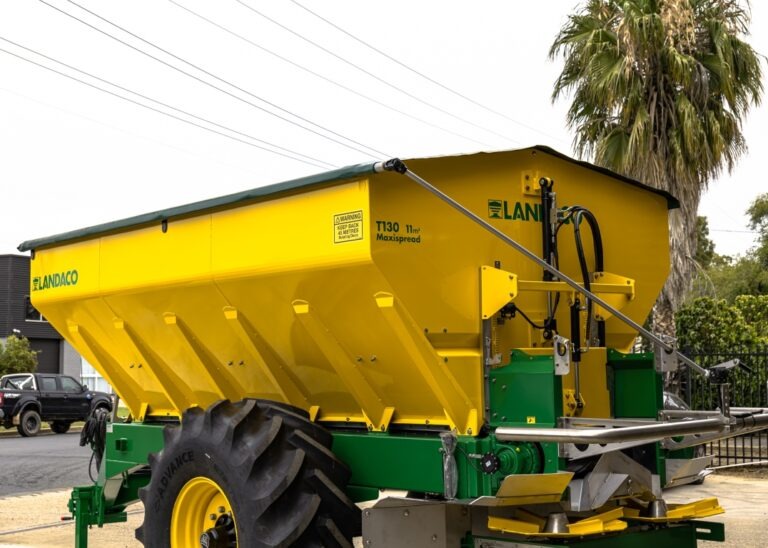
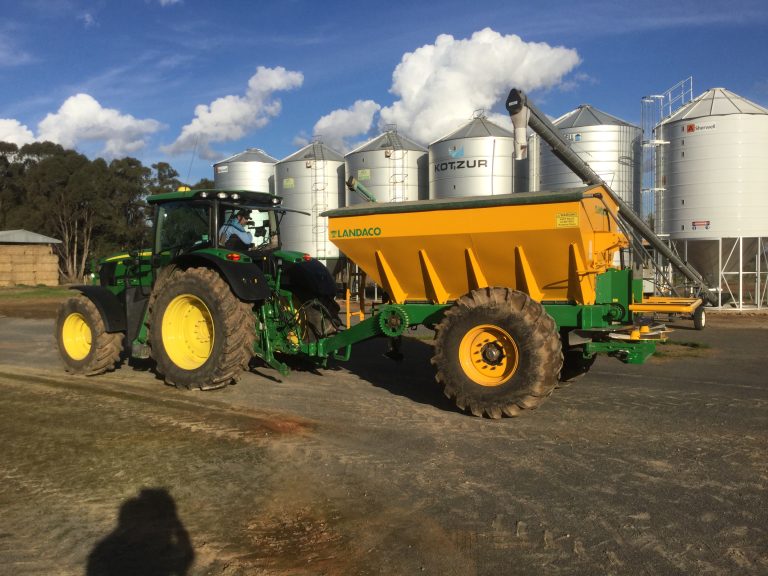
Q: How often should I clean my trailing spreader?
A: It’s advisable to clean your spreader after each use, especially if you’re switching between different types of fertilisers. Regular cleaning helps prevent residue build-up, ensuring consistent performance and reducing wear on the machine.
Q: When should I replace parts like spinner vanes?
A: Check spinner vanes and other crucial components for signs of wear before each use. If they show visible damage or if the spreader’s performance seems inconsistent, it might be time for a replacement.
Q: How frequently do I need to calibrate my spreader?
A: Calibration should be done each time you switch to a different fertiliser product. As products vary in density and spreading characteristics, recalibration ensures accurate application rates and prevents wastage.
Q: What’s the best way to store my spreader when not in use?
A: Store your spreader in a clean, dry location away from direct sunlight. If possible, use protective covers to shield it from dust and unforeseen weather changes. This keeps it in optimal condition and ready for its next use.
Q: I operate in a larger spreading operation. Do my maintenance needs differ?
A: Larger operations or contractors might use their equipment more intensively, necessitating more frequent maintenance checks and cleaning. Always assess the machine’s usage level and adjust your maintenance schedule accordingly.
Q: Can I rely solely on my spreader’s manual for maintenance guidelines?
A: While many spreader manuals provide general maintenance guidelines, it’s essential to understand your machine’s specific needs. Factors like local conditions, the type of fertiliser used, and the frequency of use can all influence maintenance requirements. Consulting with experts or the manufacturer can provide more tailored advice.
In conclusion, by adhering to these maintenance tips, Aussie farmers can ensure their Spreader remains efficient and in good nick. It’s vital to remember that diligent record-keeping is paramount in all farming operations, especially fertiliser application. Being able to demonstrate that a spreader was calibrated before any application is invaluable in handling operational efficiency and consistency. Maintaining detailed records of spreader calibrations and observing working conditions prior to each use guarantees smooth application management.

Learn More about the T100 Trailing Spreader
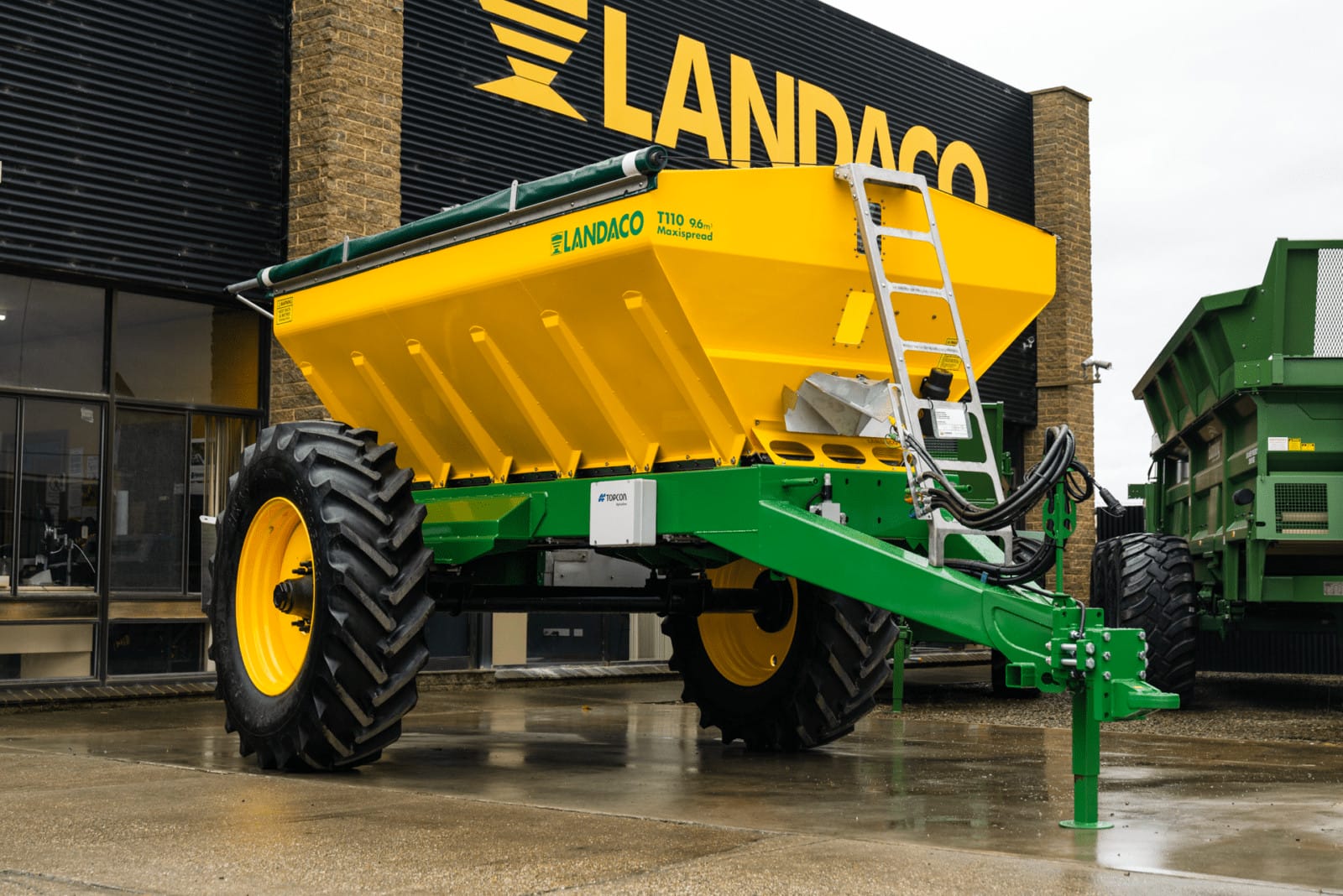
Learn More about the Landaco T110 VR
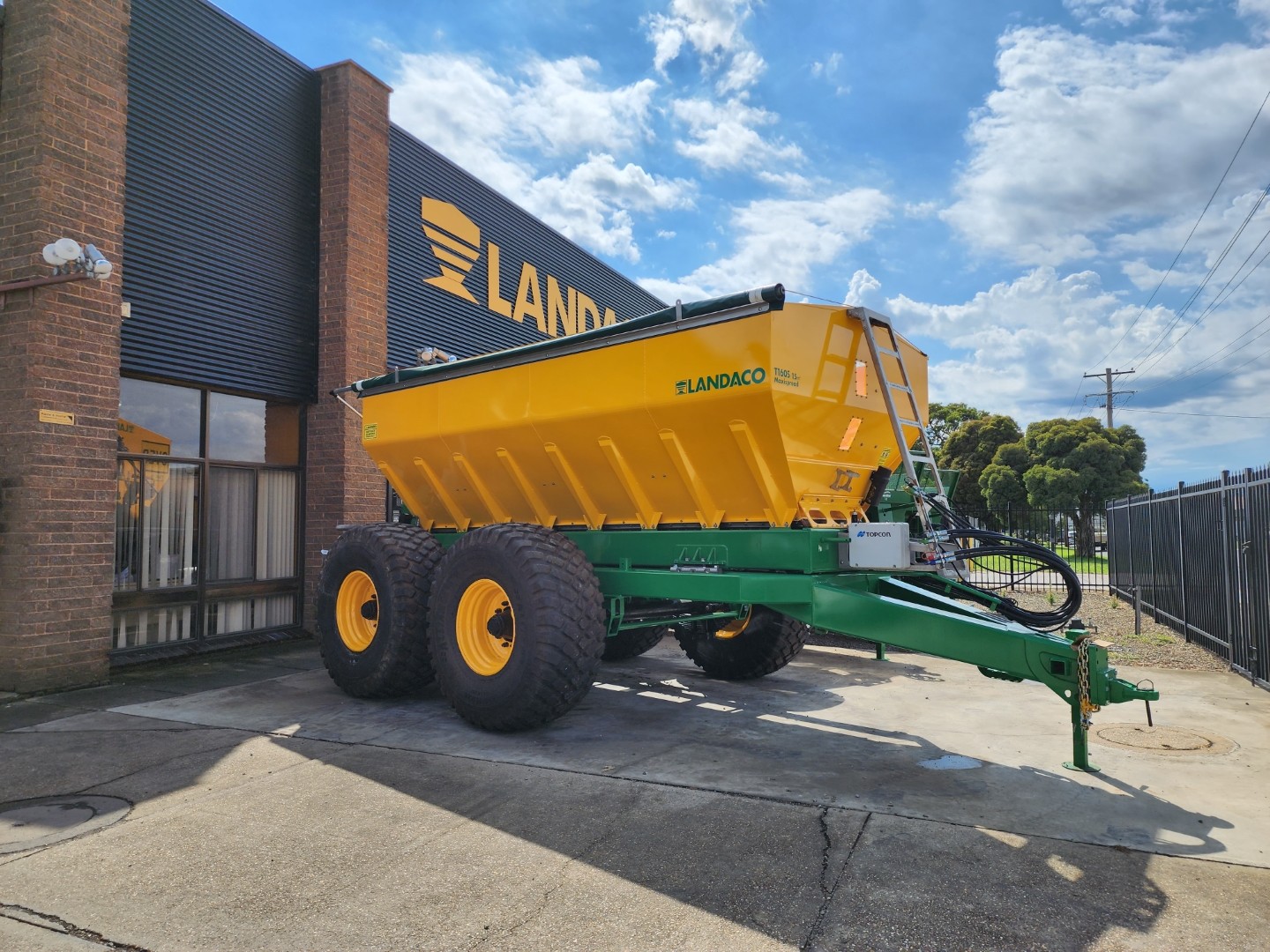
Learn More about the Landaco Maxispread T160S Tandem
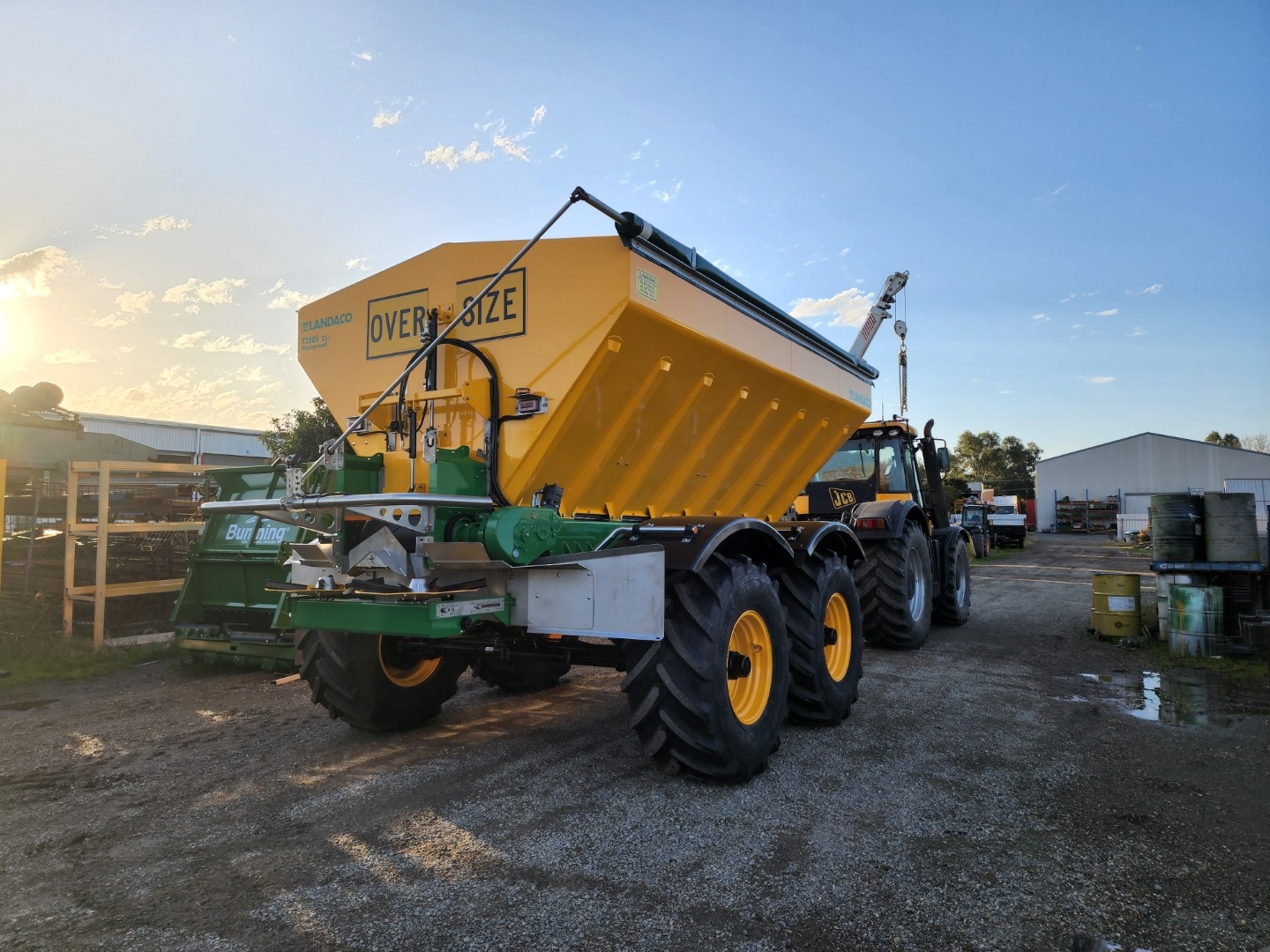
Learn More about the Landaco Maxispread T260S Tandem

A product of GT Bunning, is rapidly gaining traction in the Australian agricultural sector. Renowned for its proficiency in chicken manure application, this spreader is increasingly favoured by discerning farmers.
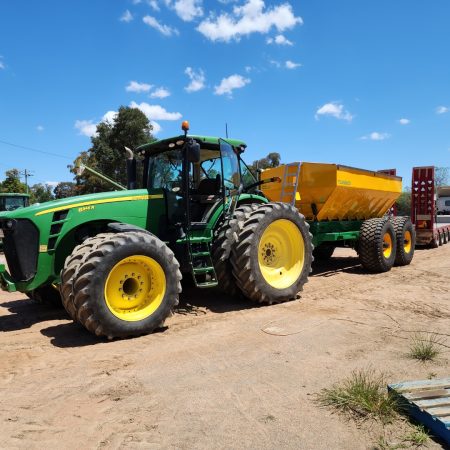
Unlock the secrets to maintaining your trailing spreader with our comprehensive guide. Aussie farmers, keep your essential equipment in peak condition, contributing to correct operation for optimal crop nutrient distribution every season. Dive in for expert tips and ensure your farming operations run seamlessly.
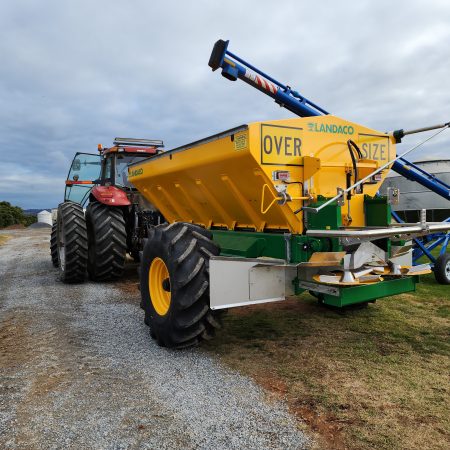
ICS Spinner System Upgrade Introducing the ICS Upgrade to the 4B8 Spinner System: Taking Landaco Spreaders to New Heights We are thrilled to unveil our
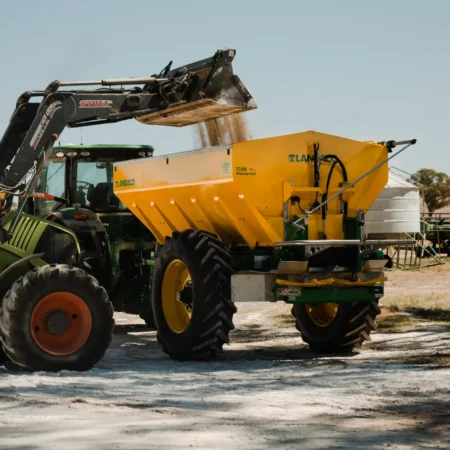
Variable Rate Spreading Variable Rate Spreading with a Landaco Spreader The agriculture industry has come a long way from traditional farming methods. With technological advancements,